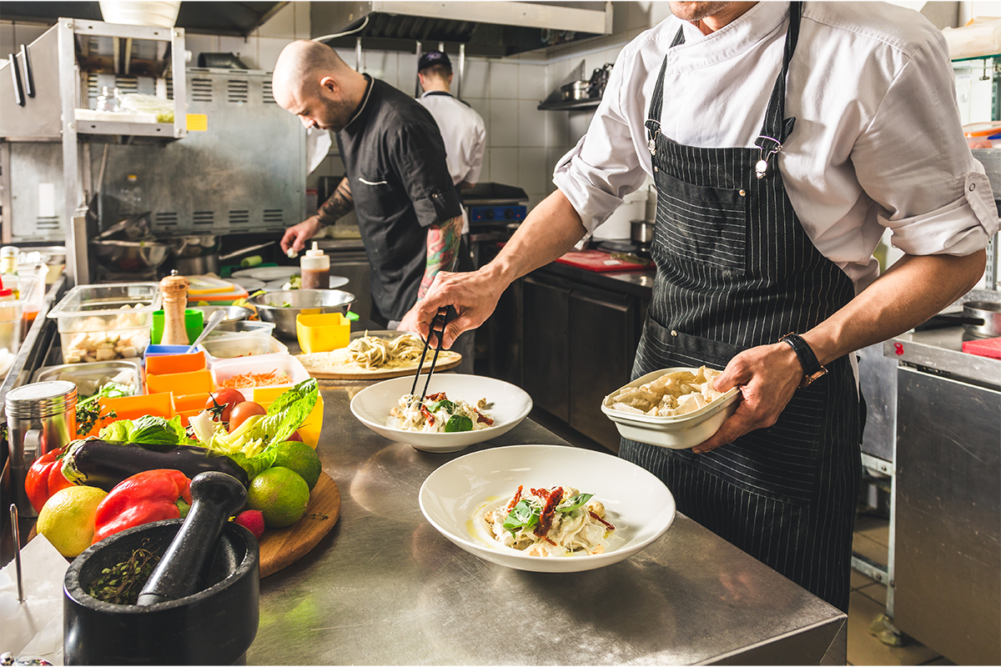UTRECHT, NETHERLANDS — While spending in the foodservice sector has increased with the reopening of the industry in 2022, the shortage of workers continues to pose challenges on a global basis, according to a new report from Rabobank.
Foodservice benefited from pent-up demand following the COVID-19 pandemic. China’s foodservice sector grew by 9.2% during the first two months of 2023, compared to the previous year. In the United States, restaurant sales in January and February 2023 increased by 23% and 15%, respectively, compared to last year.
Particularly, in northern Europe and North America, the restaurant industry needs more workers than in the past. The regions have seen improved wages for foodservice workers. Still, vacancies in the industry remain at historical highs. Rotation of the workforce has also been high, with only 54% of quick-service restaurant employees reaching 90 days of work before quitting in 2022.
“Vacancies in hospitality remain high despite some improvement,” said Maria Castroviejo, senior analyst of consumer foods at Rabobank. “Part of this may still relate to post-COVID adjustments, but there are other, stickier factors that need to be evaluated in any strategic plan.”
Restaurants have had to reduce operating times and capacity in order to deliver on service promises while dealing with staffing shortages. Operators could take a hit to revenues and brand value as quality of service might deteriorate without proper staffing.
“But operators should consider staff scarcity as a potentially structural issue and design their strategic planning to minimize its impact,” Castroviejo said. “If attracting and retaining staff is going to remain an ongoing challenge, employers need to differentiate by offering better working conditions.”
Many independent and family-owned restaurants have closed since the COVID-19 pandemic. Meanwhile restaurant chains have expanded since 2022. Rabobank speculated that, since chains typically depend on a larger workforce than independent operators, the increased labor gap could be caused in part by this shift.
Rabobank also pointed to a shift in workers’ preferred industry as a factor. Lockdowns during the pandemic led to a disruption in the labor market as workers left the foodservice industry for other industries. Those who have relocated to other industries are less likely to return, Rabobank said.
A pool of younger personnel, particularly those under 25, are anticipated to join the foodservice industry now that it has reopened.
Adding a buffer to the labor shortages is new technology. Software like data-driven menu structuring, automated stock management, AI-powered personnel shift organization and personalized customer post-sales engagement have helped reduce inefficiencies.
“Automation, in particular in the kitchen, has improved as well,” Castroviejo said. “To implement these, access to funding and management capacity are key.”
With the addition of robots in the kitchen, repetitive tasks can be allocated to the new technology. While front-of-house robots have captured consumers’ attention, Rabobank believes robots are most beneficial on the production side of operations.



